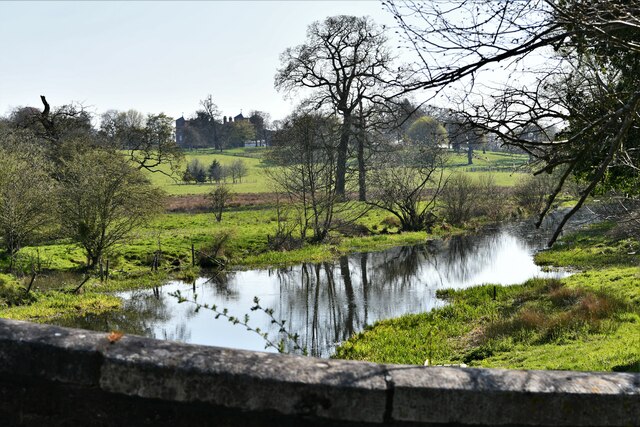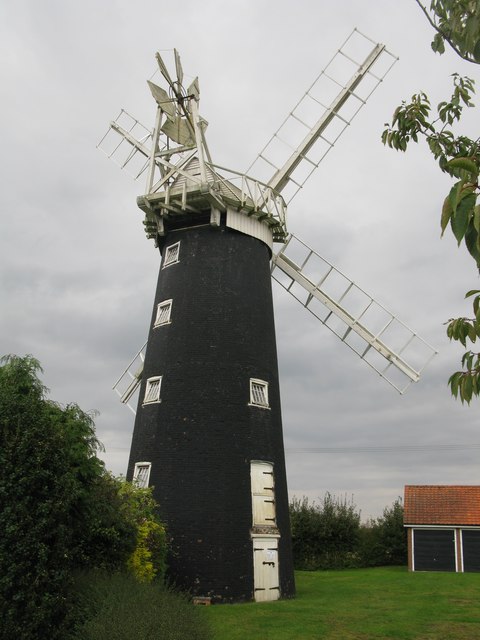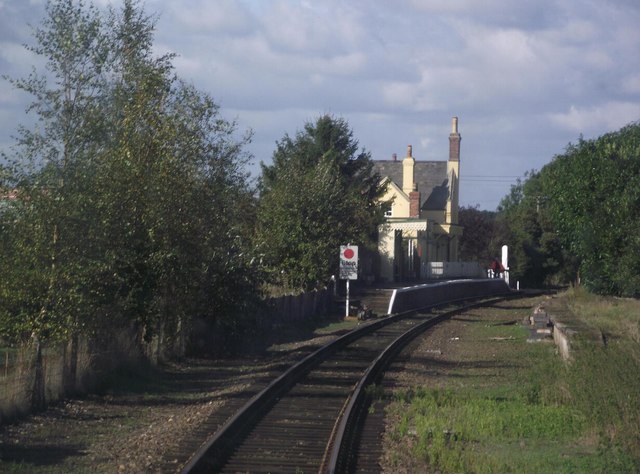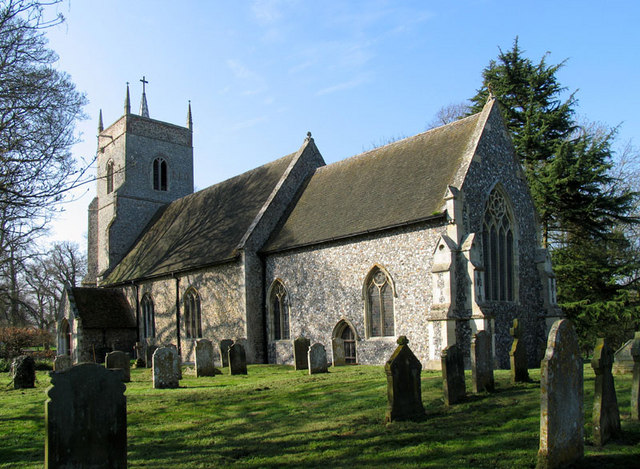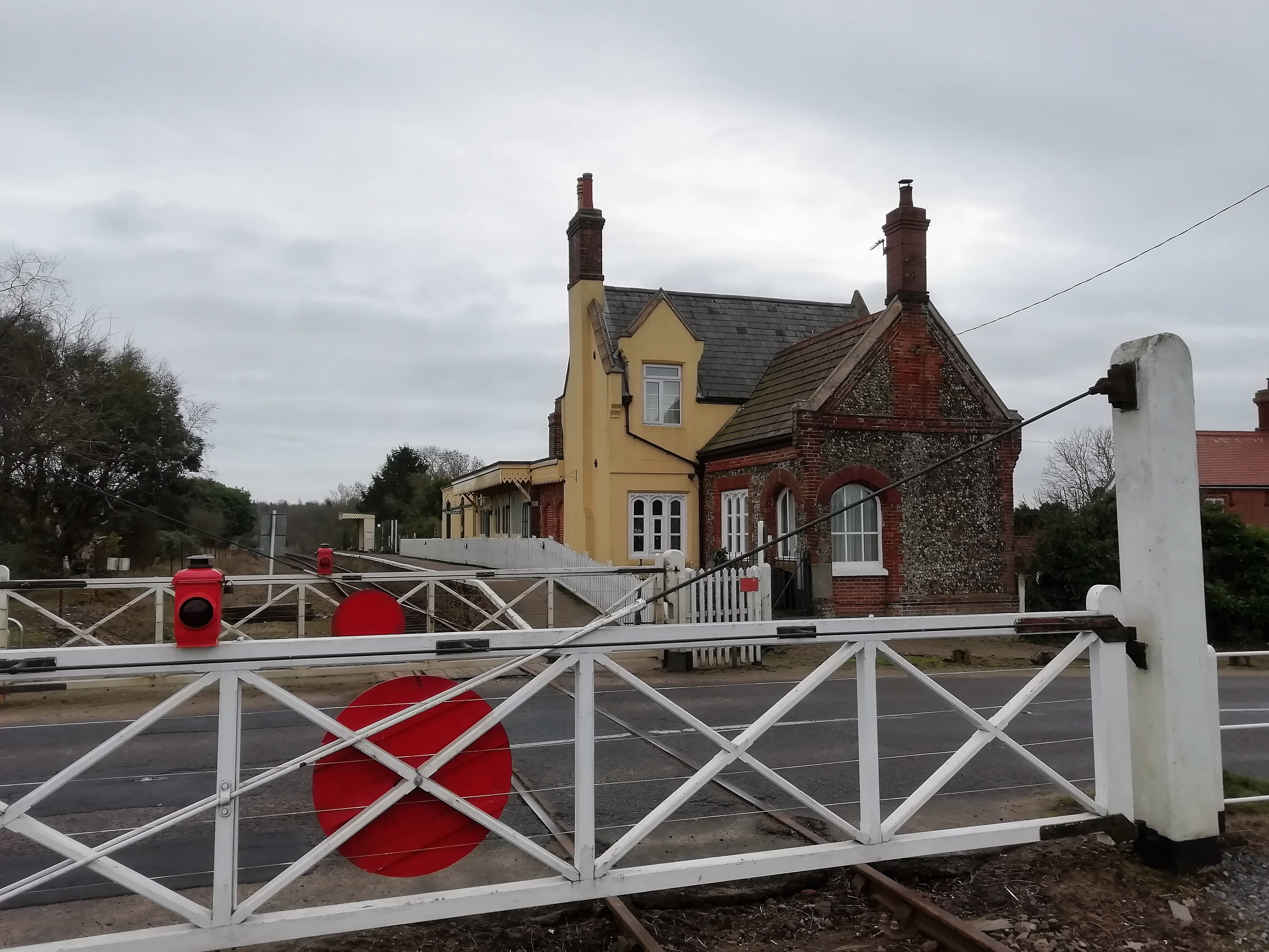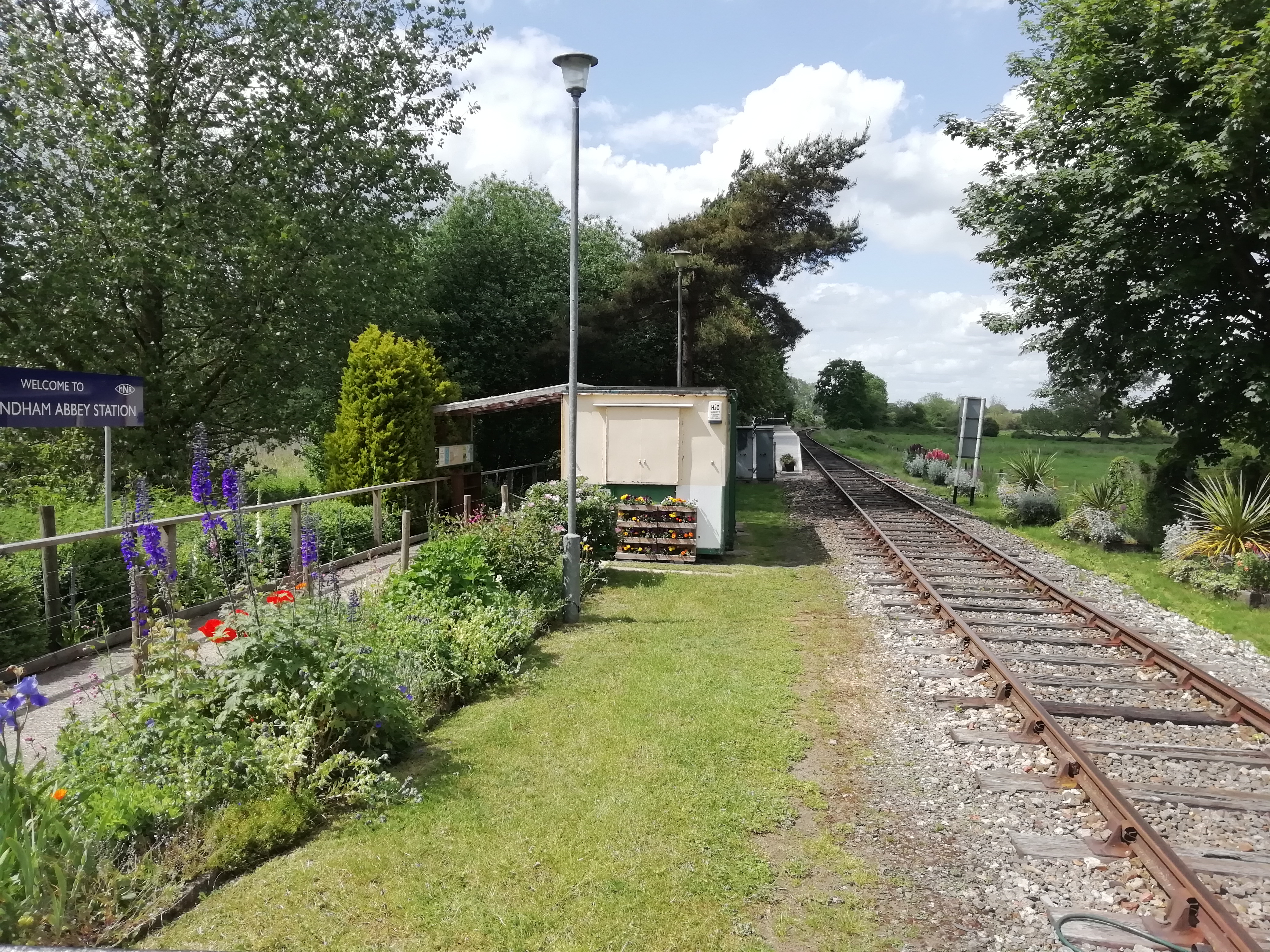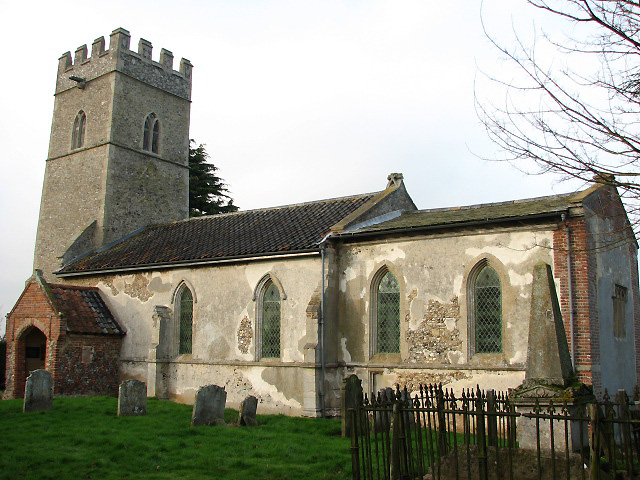Alma Plantation
Wood, Forest in Norfolk South Norfolk
England
Alma Plantation

Alma Plantation in Norfolk is a renowned wood or forest located in the southern part of the county. Spanning over a vast area, this plantation is known for its diverse range of plants, trees, and wildlife. The plantation offers a picturesque view of dense forests and well-maintained trails, attracting nature enthusiasts and hikers from across the region.
The wood is named after Alma, a small village nearby, and is famous for its well-preserved natural beauty. The forest mainly consists of various species of trees, including oak, pine, beech, and maple. These trees provide a rich habitat for numerous animals, such as deer, squirrels, rabbits, and a wide variety of birds, making it a popular spot for birdwatching and animal observation.
Alma Plantation offers several hiking trails that wind through the woods, allowing visitors to explore the natural wonders at their own pace. The trails are well-marked and maintained, ensuring a safe and enjoyable experience for all. Along the way, hikers can witness stunning vistas, serene lakes, and occasional wildflower blooms, adding to the charm of the plantation.
The plantation also promotes the importance of conservation and sustainability. It actively engages in reforestation efforts and wildlife preservation, making it not only a recreational destination but also an educational one. Visitors can learn about the various initiatives undertaken by the plantation to protect and preserve the delicate ecosystem.
Overall, Alma Plantation in Norfolk is a natural treasure that offers visitors a chance to immerse themselves in the beauty of a diverse wood or forest, providing a peaceful escape from the hustle and bustle of city life.
If you have any feedback on the listing, please let us know in the comments section below.
Alma Plantation Images
Images are sourced within 2km of 52.58951/1.0689406 or Grid Reference TG0703. Thanks to Geograph Open Source API. All images are credited.
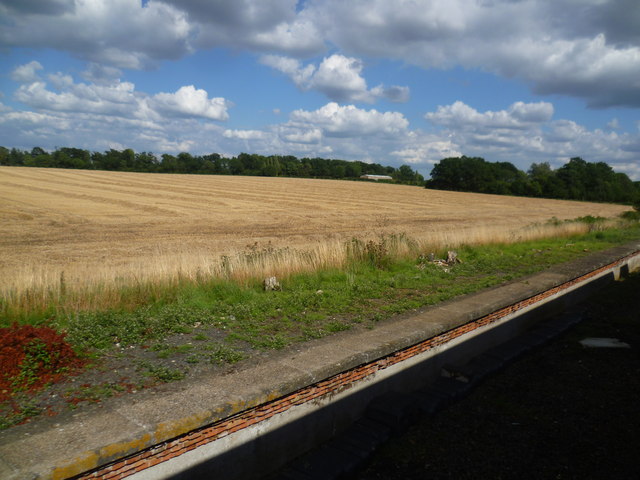
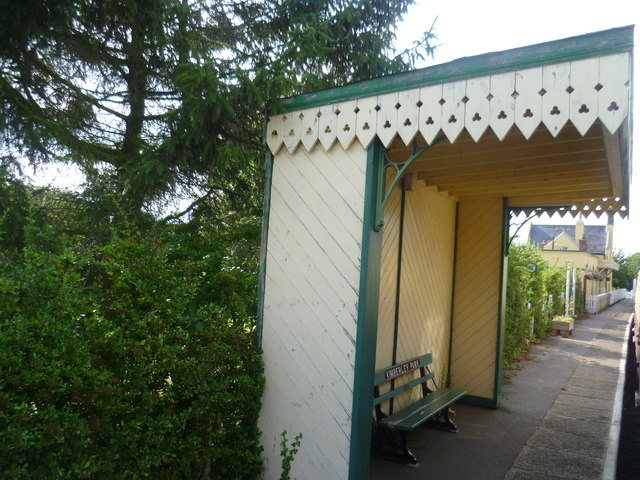
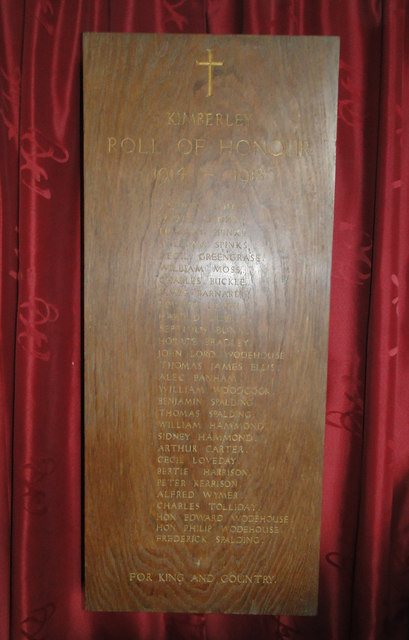
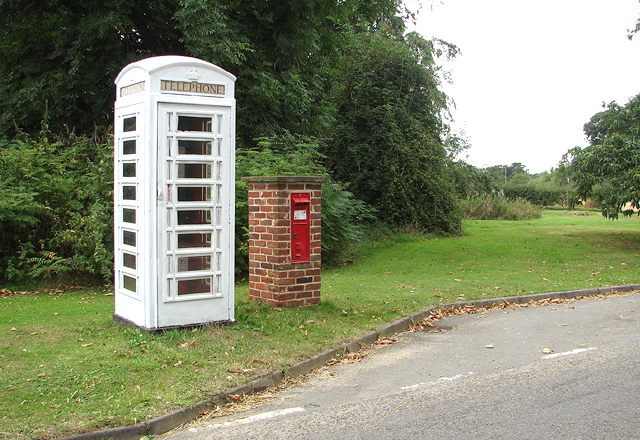
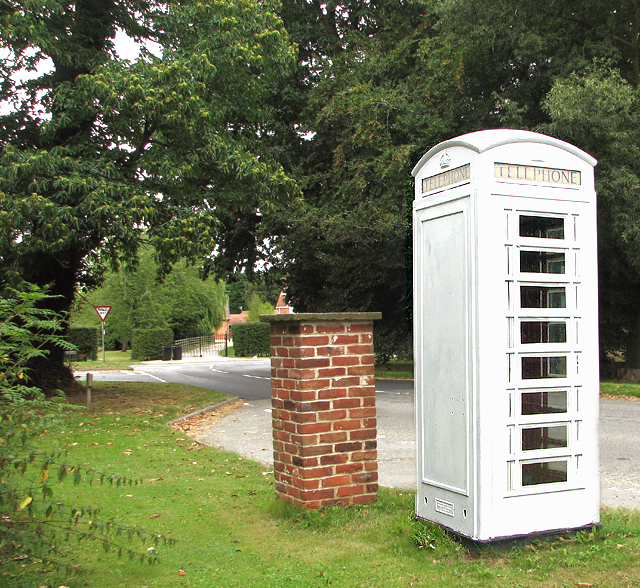
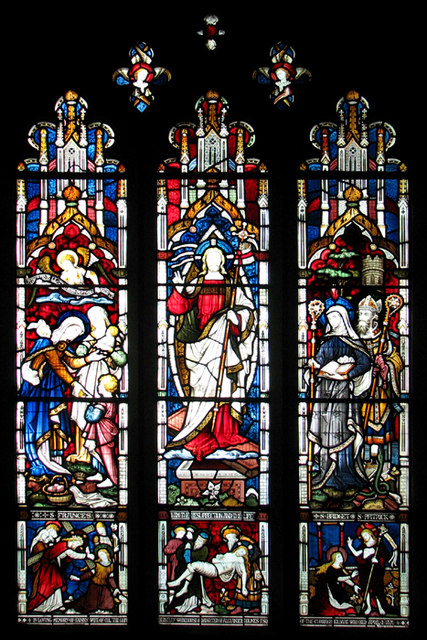
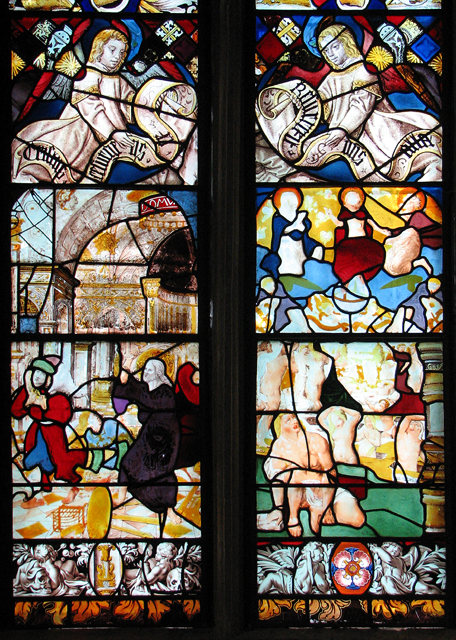
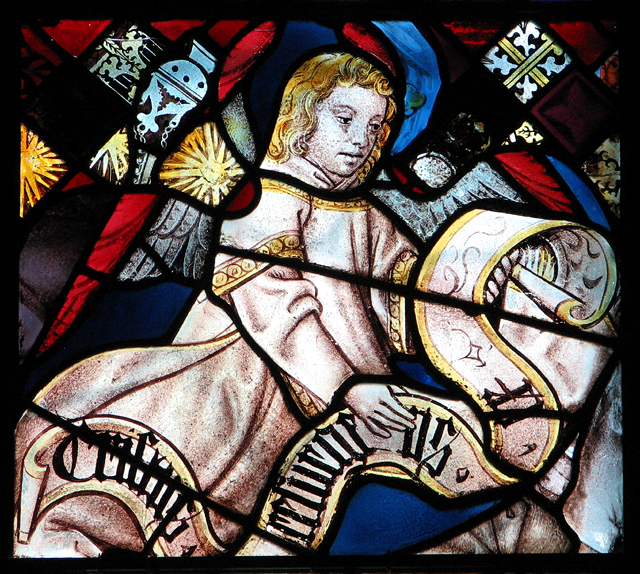
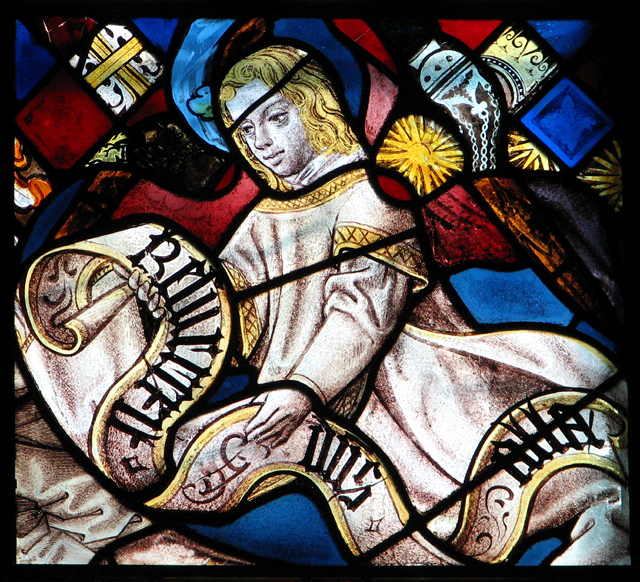

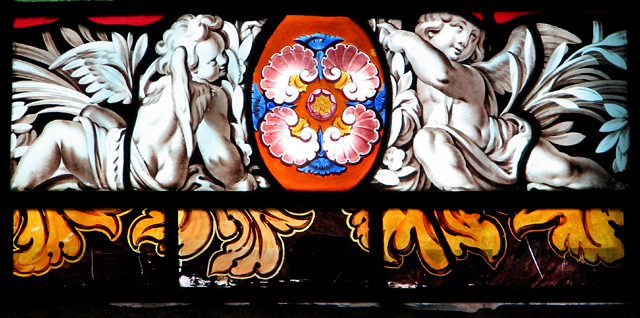
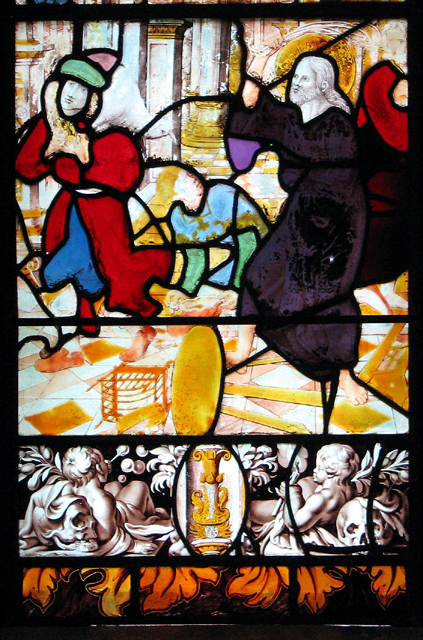
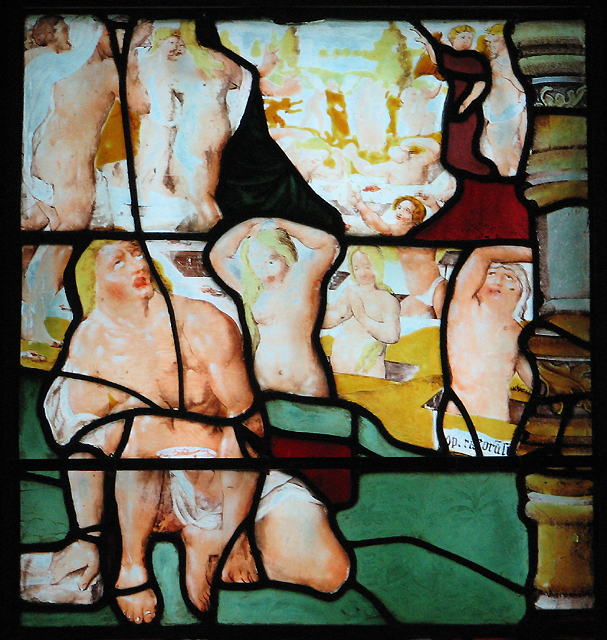
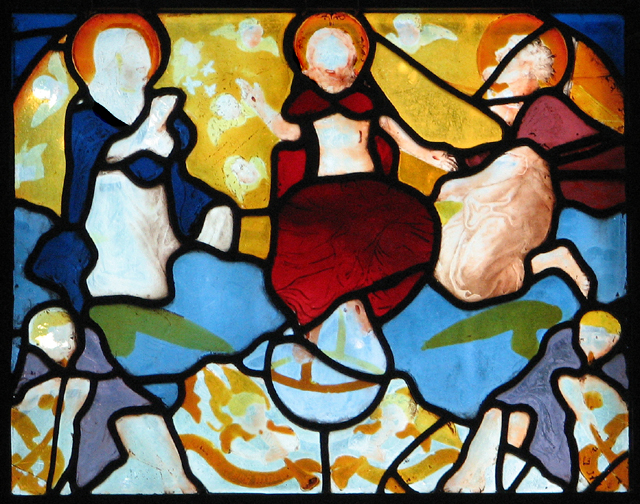
Alma Plantation is located at Grid Ref: TG0703 (Lat: 52.58951, Lng: 1.0689406)
Administrative County: Norfolk
District: South Norfolk
Police Authority: Norfolk
What 3 Words
///anode.crispier.penny. Near Hingham, Norfolk
Nearby Locations
Related Wikis
Wicklewood Roman Temple
Wicklewood Roman Temple is the site of a Romano-Celtic temple near Wicklewood and about 1.5 miles (2.4 km) north-west of Wymondham, in Norfolk, England...
Kimberley, Norfolk
Kimberley is a village and civil parish in the South Norfolk district, in the county of Norfolk, England, situated about 3 miles (4.8 km) north-west of...
Wicklewood
Wicklewood is a village and civil parish in the South Norfolk district of Norfolk, England. It is located 11 miles (18 km) west of Norwich next to the...
Kimberley Park railway station
Kimberley Park railway station is a railway station in the village of Kimberley in the English county of Norfolk. == History == The Wymondham-Dereham branch...
Carleton Forehoe
Carleton Forehoe is a village and former civil parish 9 miles (14 km) west of Norwich, now in the parish of Kimberley, in the South Norfolk district, in...
Wymondham Abbey railway station
Wymondham Abbey railway station is a railway station in the town of Wymondham in the English county of Norfolk. The station is served by heritage services...
St Michael's Church, Coston
St Michael's Church is a redundant Anglican church in the hamlet of Coston, in the civil parish of Runhall, Norfolk, England. It is recorded in the National...
Wymondham Abbey
Wymondham Abbey (pronounced Windum) is the Anglican parish church for the town of Wymondham in Norfolk, England. == History == The monastery was founded...
Nearby Amenities
Located within 500m of 52.58951,1.0689406Have you been to Alma Plantation?
Leave your review of Alma Plantation below (or comments, questions and feedback).
